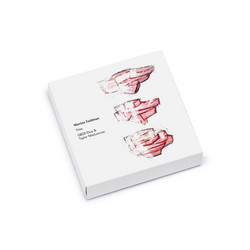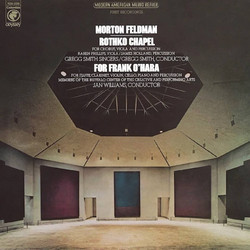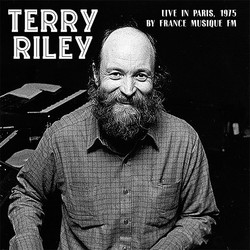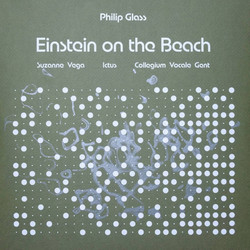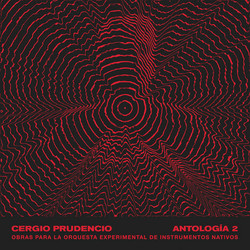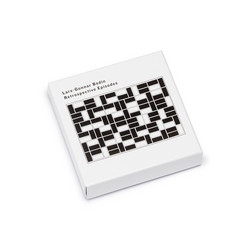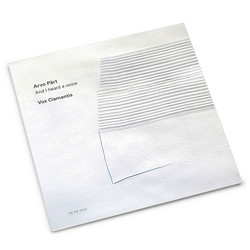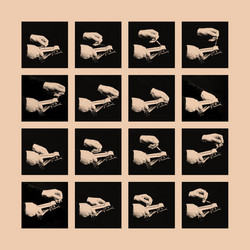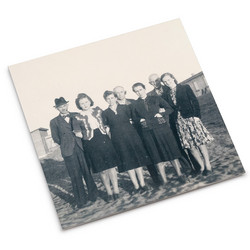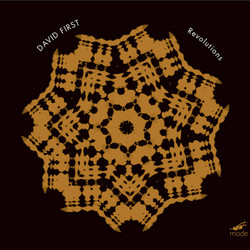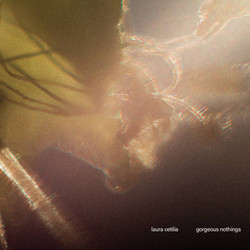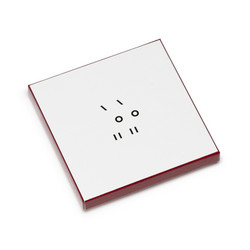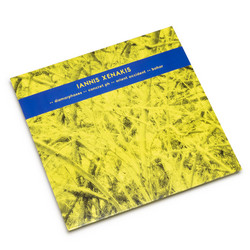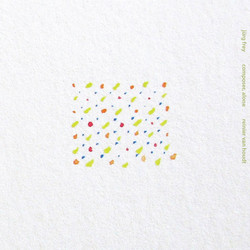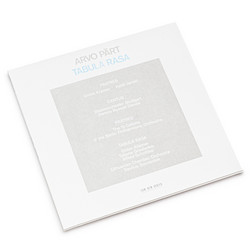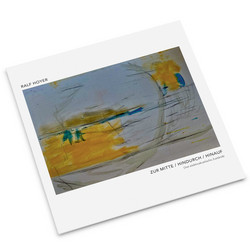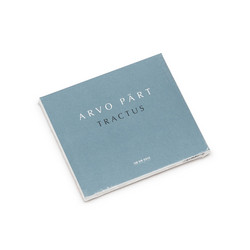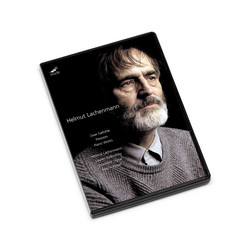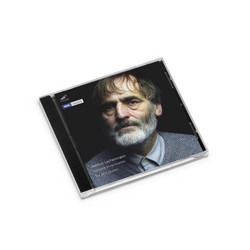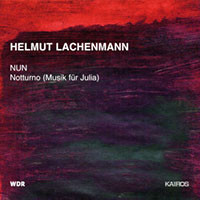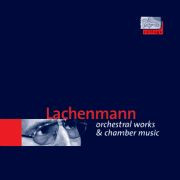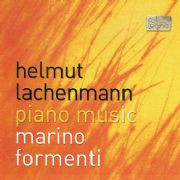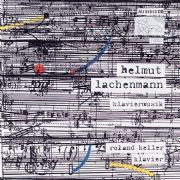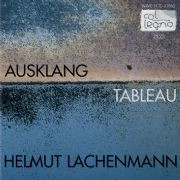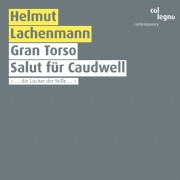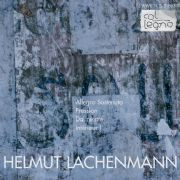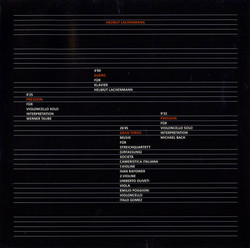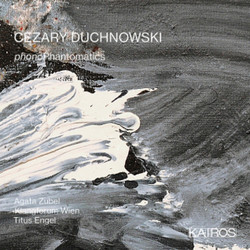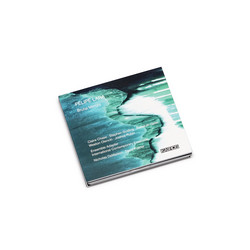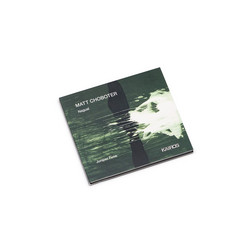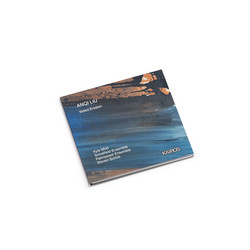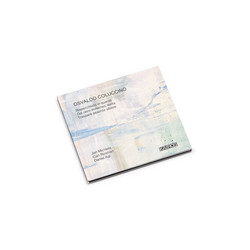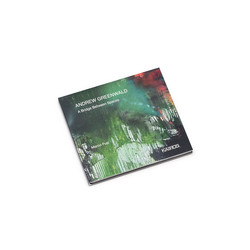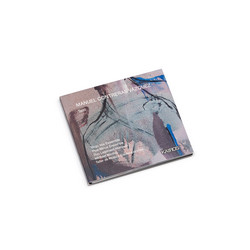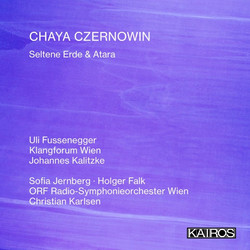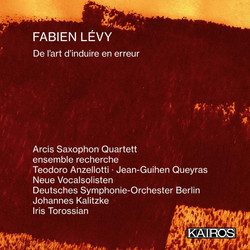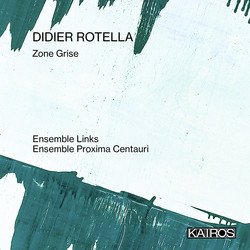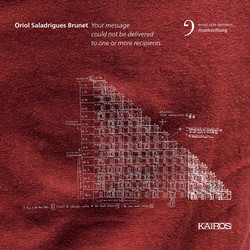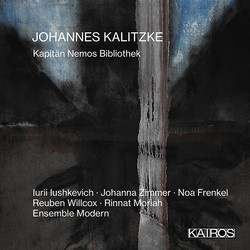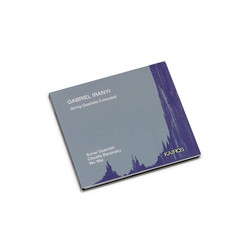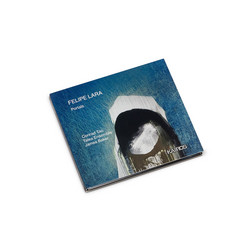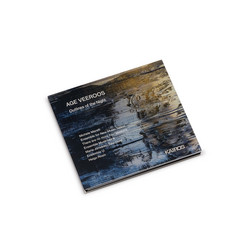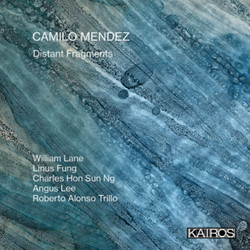** In process of stocking ** If music’s relationship with reality is to be more than just a theoretical presumption, it cannot be limited merely to work titles, comments, dedications or quotations, but must also extend to permeate all musical dimensions: material, structure, form and content. And from the very beginning, Helmut Lachenmann has propagated the idea of a work that is based on the integral cohesiveness of all levels. For Lachenmann, thinking here in the tradition of Theodor W. Adorno, music can only then take on a significance that reaches beyond itself if it develops and works on questions and problems according to its own rules. As is well known, Adorno thought of music and societal reality as being conveyed via the “musical material”, which—as “sedimented spirit”—correlates with political and economic changes precisely because it follows its own historically necessary tendencies. In a very similar way, Lachenmann views music and society as being mediated between by all of those factors that determine the creation, dissemination, perception and valuation of music within a society. Because the composer does not simply reproduce the conditions governing music’s notation, instrumentation, playing techniques, institutions, training, dissemination in the media and verbalization, but rather alters them as part of a critical process, he succeeds in accomplishing that which Arnold Schönberg viewed as the artist’s foremost mission: “self-expression”.
This is also Lachenmann’s view, that rather than allow oneself to be other-determined by this “aesthetic apparatus”, the artist should strive to express himself, with the emphasis clearly on “self”. And if, in individual conflict with the standardised aesthetic mechanisms, he succeeds in doing so, his music can likewise go beyond its mere self to also say something about the social conditions of its times. Such music becomes an “existential experience” for its listeners, since a different sort of listening also provokes them to develop an altered understanding of themselves and the world. In his 2009 lecture Kunst und Demokratie [Art and Democracy], a hopeful Lachenmann stated that “the artist has nothing to say—what he has to do is: to create. And the creation will say more than its creator would suspect.”
Lachenmann had already formulated a statement that is central to his entire thinking within and about music in his essay Hören ist wehrlos – Ohne Hören: Über Möglichkeiten und Schwierig - keiten [Listening is defenceless—if one doesn’t listen: on opportunities and difficulties] (1985): “Music is about listening, which is perception that perceives itself.” Despite all content-related aesthetic paradigms, he insists that music’s content and real-world relevance consist precisely in steering the listeners’ attention toward their own listening. This sounds like a paradox, but On Music that Scrawls and Screams Immanence and Transcendence in Lachenmann’s Double (Grido II) and Schreiben Rainer Nonnenmann Double (Grido II) © 2004 by Breitkopf & Härtel, Wiesbaden 10 11 it can be explained by the fact that listening to music in a way that is self-referential, aimed toward itself, also reveals the conditions of one’s own perception, interpretation and valuation of music as they relate to the world in which one lives and to society, history, and ideas. The selfreferentiality of listening to music, then, proves to be the very catalyst that makes transcendence possible. One listens especially closely when Lachenmann combines his “Musik für…” [Music for] subtitles, which so emphatically insist on pure music, with main titles that imply that the works in question also have something to say to their listeners that goes beyond the mere sounds. While most of his titles emphasise aspects of playing, structure and genre— as is the case with Air, Pression, Klangschatten, Accanto, Harmonica, Mouvement, Ausklang and Allegro Sostenuto—there also exist titles that represent messages, signified by their slightly coded nature, and that are also interrelated. These include Grido. String Quartet No. 3 (2001–03, revision: 2004) and its variant Double (Grido II).
Music for 48 Strings (2005), as well as Schreiben. Musik für Orchester [Writing. Music for Orchestra] (2001–03, revision: 2004). The title Grido is derived from the first initials of the then-members of the Arditti String Quartet, to whom this work is dedicated: Graeme Jenning, Rohan de Saram, Irvine Arditti, and DOv Scheindlin. At the same time, the word “grido” means “scream” in Italian. And also in his accompanying commentary on the work Schreiben, Lachenmann referred to an expressive quality inherent in the wide variety of writing-like motions on the instruments: “Those who write the German word “Schreiben” [writing] also unavoidably write the word “Schrei” [scream], as well as the word “reiben” [to rub, as when causing friction]. The second word seems every bit as neutral/practical as the first would seem emotional. And both of these aspects, along with the contrast between them, characterize my piece.” A scream is an affective expression of pain, passion, fear, rage, hate or joy. The emotions, here as the energetically intensified employment of the voice, break through in an immediately physical way. Although unmistakably an expression of subjective mental states and usually also concrete messages from one person to another, a scream in and of itself—if unattached to any particular situation—has no clear semantics or meaning.
This aspect represents a point of contact between screaming and writing. And notwithstanding all the expressivity of the former, Lachenmann—by referring to the partial homonymic quality of “Schrei(b)en” in his commentary on the work—underlines the instrumental concreteness of the latter: “In my piece, the orchestra ‘writes’. It connects bow stroke with bow stroke and conceives of itself as a multifarious ‘writing implement’ of sorts.” In keeping with his concept of “musique concrète instrumentale”, one can clearly hear the mechanical and energetic conditions under which the sounds thus written are actually generated on the instruments. In this sense, these are relationships in terms of materials and structures, the uncertain content of which does not permit clear categorisation in terms of its aesthetics. And even so, such attempts at interpretation must be undertaken—particularly in the case of Grido, Grido II and Schreiben. After all, in addition to the concrete act of writing, the ambivalent title “Schreiben” also denotes an individual’s writing to or screaming at a recipient in the sense of a message, and the “Schrei” contained in both works’ titles also denotes an existential pole that can be understood beyond its mere sonic qualities. Lachenmann’s music virtually “screams” to be examined as to its character in terms of expressivity and its conveyance of a message.
The etymological connection at issue here also exists in French (“écrire” and “cri”) and, somewhat more loosely, in Italian (“scrivere” and “grido”). And in actual fact, Grido and its expanded doppelganger Double (Grido II) are indeed associated closely with the orchestral piece Schreiben, which was composed directly thereafter. Within the confines of its small-scale string quartet instrumentation, Grido exhibits a tremendous variety of sound and colour. Double (Grido II) outdoes this with twelve-times-greater forces including contrabasses and, most importantly, an enhanced latitude for differentiation between actions by solo instruments and by many at once. Sustained notes overlap each other to form iridescent, beating surfaces and luminous major and minor chords. In this, Lachenmann conjures up and simultaneously disrupts tonal listening habits in keeping with his attempt to define art and beauty as denial of the accustomed, which he first formulated in the mid-1970s. In his commentary to Grido— which is equally applicable to Grido II—he writes: “In art, paths lead nowhere—and least of all to a ‘destination’. For that is none other than this place where the familiar once again becomes strange when abraded by the creative will—and we are blind and deaf.”
Lachenmann unites familiar techniques of playing and sound production in a way that has them shed new light on and expressively charge one another. Organ-like surfaces of sound are interspersed with metallic harmonics, whistling high notes, glistening or exploding pizzicati, wildly eruptive tremolos, growling basses, breathy bowing sounds, sweetly spectral glissandi, hectic pulsations, rushed upward and downward runs, and violent squeezes. Nearly omnipresent—much like in Schreiben—are the abruptly halted crescendos: these so-called “yaps” are done as if a person’s windpipe were suddenly blocked during the act of speaking or screaming. The score contains the performance instruction: “All crescendos to be done explosively.” Following a passage to be played “like a waltz”, the epilogue (“like a gigue”) features toneless pulsations on the bridge with suddenly exploding dissonances and perforations that are explicitly to be played “screaming”, at ffff.
The speechlike impetus and gestures in this music cannot be overlooked. But just who is attempting to scream, here? Why? And what? The development of the orchestral work Schreiben, likewise written as one movement, 12 13 is similar to a long arc; in accordance with Lachenmann’s sonic typology, this arc’s complex build-up and dénouement can be described in a simplified manner as an immense “cadenza sound”, or as a “structural sound” or “sound structure”. The beginning is made by an extended landscape of toneless bowing, wiping and blowing noises, as if the traditional symphony orchestra first needed to brush off all the dust in order to have its multicoloured opulence and dynamic radiance shine anew through the patina of convention. Beginning in the second fifth of the piece, the entrances grow increasingly frequent amidst the gradual intensification of sounds, dynamics and tempo, with the point of climax being reached in the third and fourth fifths, from which the arc descends once again in the final fifth in something like a reprise.
Here, as in other works by Lachenmann, one can see clearly recognisable “families of materials” at work. Related to each other are things like the guero effects produced by little plastic cups run across the ends of grand pianos’ keys with similarly rattling flutter-tonguing and pedal points in the three trumpets and three trombones, as well as repeated 32nd notes, tremolos and perforations by the high strings, which are specifically instructed to produce a “dry, brilliant, in no case slushy or pathetically screeching clattering, comparable to the ‘flutter tonguing’ in the winds.”
All this is joined by different kinds of writing [Schreiben] and rubbing [“Reiben”] by the five percussionists, who wipe brushes and brooms across drums and tympani, or across wooden music stands with wooden and metal sticks, in which shifting the point of friction between the tips (bright) and shafts (dark) brings forth clear changes in pitch that themselves correspond with the glissando structures produced by the winds and strings. As a variation on these glissandi, trombones and bass tubas suddenly fall down chromatically by a tri-tone in consistent quarter notes, with the trumpets simultaneously playing fluttertongued runs. This passage adheres to the logic of the instrumental musique concrète families (iterations and gliding pitches) and also represents a passus duriusculus done in seventh chords, such as can be found in baroque passions and funeral music. Out of the prismatically refracted orchestral sound juts the rhetorical figure of the passus duriusculus [literally: “somewhat hard step”] as an allusion to a tonal musical language that unequivocally conjures up a context of pain and suffering.
Lachenmann had already composed “writing” motions on the “skins” of tympani and tom toms in Das Mädchen mit den Schwefelhölzern (1997), most prominently in the spoken passage “schreibt auf unsere Haut…” [write upon our skin…] taken from a letter by Gudrun Ensslin. The performance instruction there, “parlando”, underlines the intended spoken character of this “writing”, which realizes the injunction to “write upon our skin” made by the RAF terrorist, interned in the high security wing of the prison in Stuttgart-Stammheim, as a concrete playing technique. In Schreiben, as well, Lachenmann notates such writing variants. That which he puts down in the score as small directional arrows is realized by the musicians in a gesturally and acoustically augmented form on their instruments. Even as the specific “scripturality” of the score becomes so directly audible, the hieroglyphic patterns of action remain illegible and unintelligible for the audience. But all this “scrawling”, this “writing” [“Schreiben”], is repeatedly pierced by various “screams” [“Schreie”]. Cymbals are hit and immediately muted, resulting in little “yaps” or suffocated “screaming”. Additionally, the trombonists aim forced-sounding signals into the body of the grand piano, opened up and with its sustain pedal depressed, and these sounds reverberate there: one instrument writes/screams into the interior of another. Finally, the orchestra begins to play progressively faster, denser, louder.
